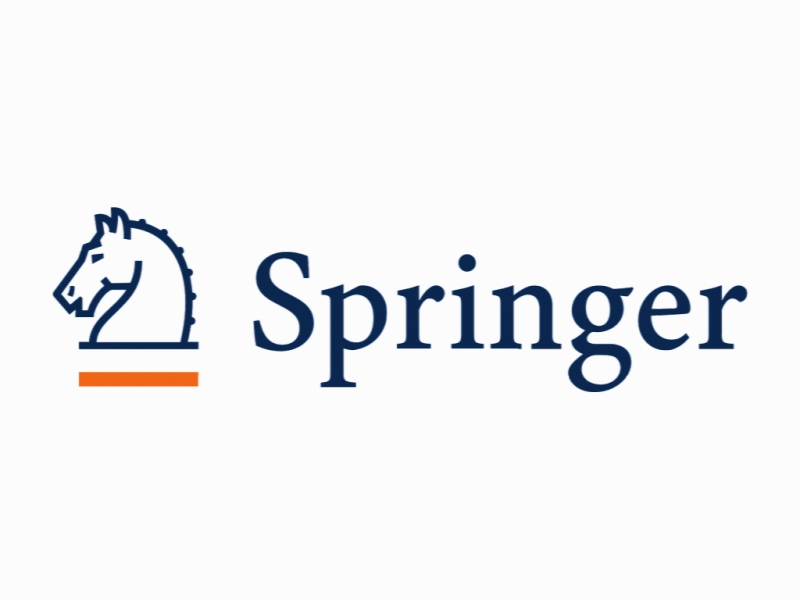رویارویی شرکت های حسابرسی با منحنی سراشیبی و دور بودن بازار حسابرسی از رقیبان تمام عیار Audit firms face downward-sloping demand curves and the audit market is far from perfectly competitive
- نوع فایل : کتاب
- زبان : انگلیسی
- ناشر : Springer
- چاپ و سال / کشور: 2018
توضیحات
رشته های مرتبط حسابداری
گرایش های مرتبط حسابرسی
مجله بررسی مطالعات حسابداری – Review of Accounting Studies
دانشگاه Tuck School of Business at Dartmouth College – Tuck Hall – USA
منتشر شده در نشریه اسپرینگر
کلمات کلیدی انگلیسی Auditing, Demand estimation, Competititon
گرایش های مرتبط حسابرسی
مجله بررسی مطالعات حسابداری – Review of Accounting Studies
دانشگاه Tuck School of Business at Dartmouth College – Tuck Hall – USA
منتشر شده در نشریه اسپرینگر
کلمات کلیدی انگلیسی Auditing, Demand estimation, Competititon
Description
1 Introduction Guo et al. (2017) use demand estimation techniques to investigate how the introduction of a joint audit policy (requiring two audit firms to sign off on a client’s audit) would affect the demand side of the audit market. Specifically, they estimate demand for the Big 4 and middle market audit firms under the French joint audit regime. They then apply these demand parameter estimates to the United Kingdom to estimate the change in consumer surplus under the counterfactual scenario in which the United Kingdom implements a joint audit regime.1 Their structural approach provides insights into this proposed policy change that would be missed in a reduced form analysis. Their empirical demand estimation approach is similar to the methods used by Gerakos and Syverson (2015). In that study, we estimated audit firm demand in the United States to calculate changes in consumer surplus that would occur if mandatory audit firm rotation were implemented and if one of the Big 4 disappeared. Although demand estimation is new to the accounting literature, it—and in particular the discrete choice form applied in Guo et al. (2017) and Gerakos and Syverson (2015)—is common in many fields in economics (and industrial organization in particular).2 In this article, we explore how demand estimation can be applied in auditing research and review insights into the market that it has already provided. We set the foundation for the discussion by analyzing difficulties in the interpretation of the audit fee regression, a commonly applied tool in the auditing literature. We then discuss the mechanics of the discrete choice demand estimation approach used by Gerakos and Syverson (2015) and Guo et al. (2017). We go on to explain how the findings from this work imply that audit firms have market power. That is, the market is not perfectly competitive and, indeed, is far from it. 2 Interpretation of the audit fee regression Instead of discrete choice demand estimation, the auditing literature has relied on the audit fee regression.3 This approach typically involves researchers regressing the logarithm of audit fees on variables that capture client characteristics (e.g., size, profitability, industrial segments, foreign sales, litigation risk. . . ). The estimated coefficients from these hedonic price regressions are then typically interpreted as capturing “supply-side” effects—the marginal costs of providing the audit. For example, studies typically interpret a positive and significant coefficient on a proxy for litigation risk as showing that it is more costly for audit firms to provide attestation services to clients that are subject to higher likelihoods of litigation.


